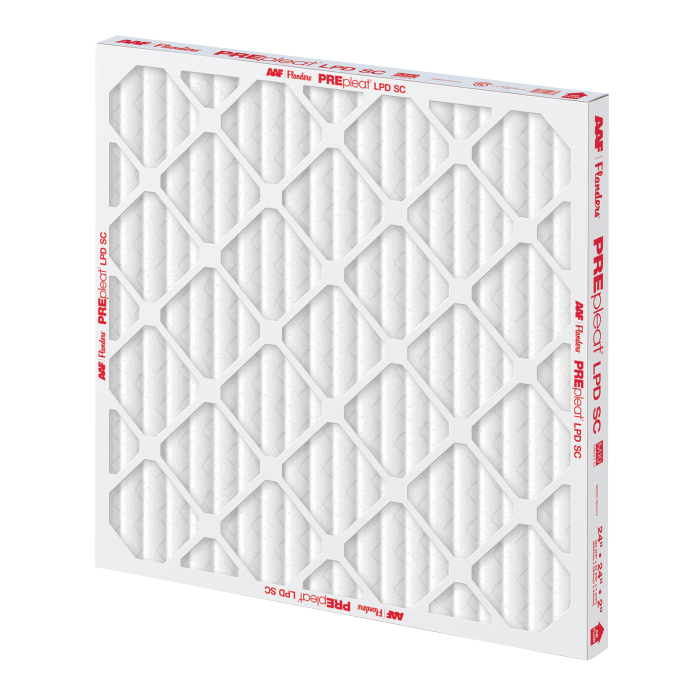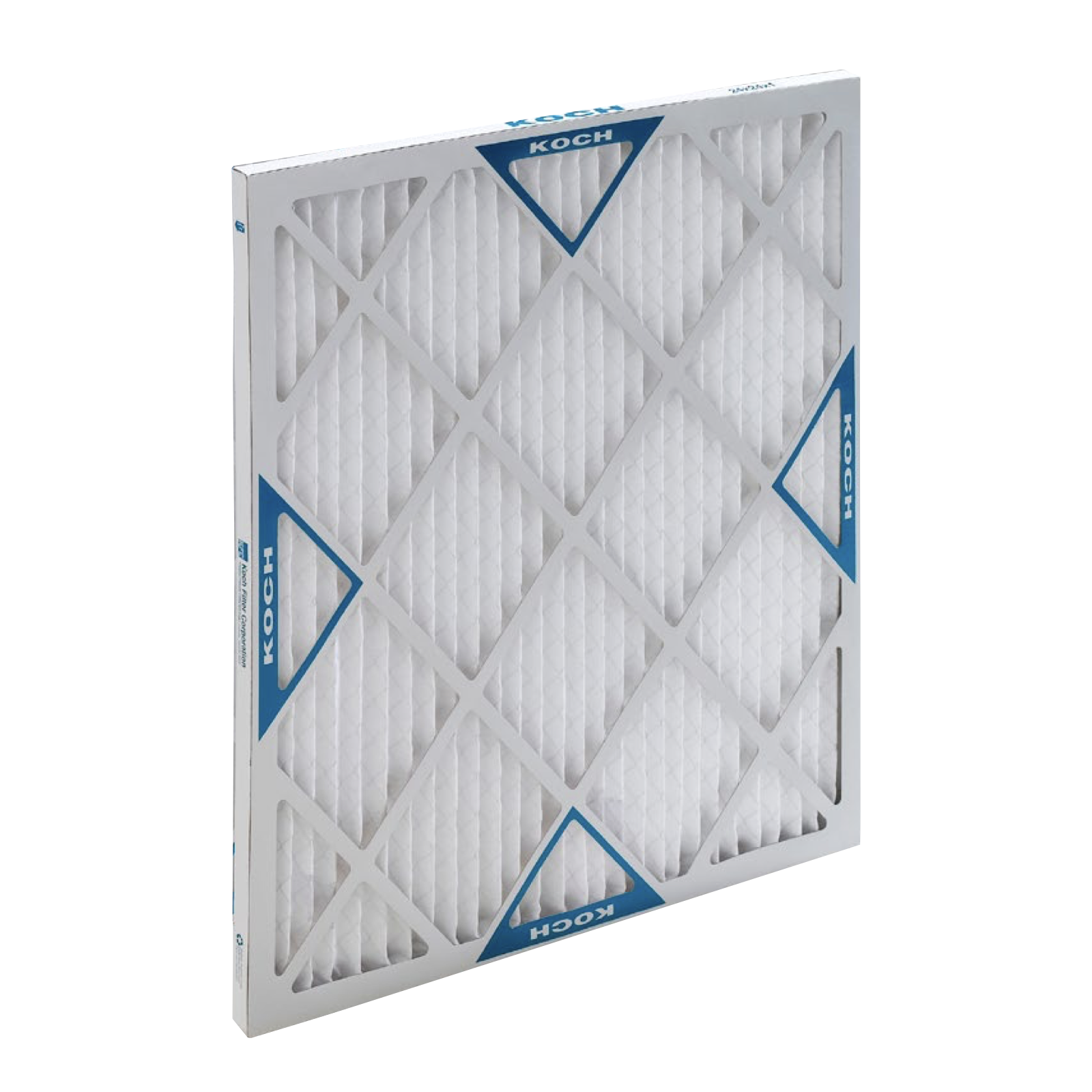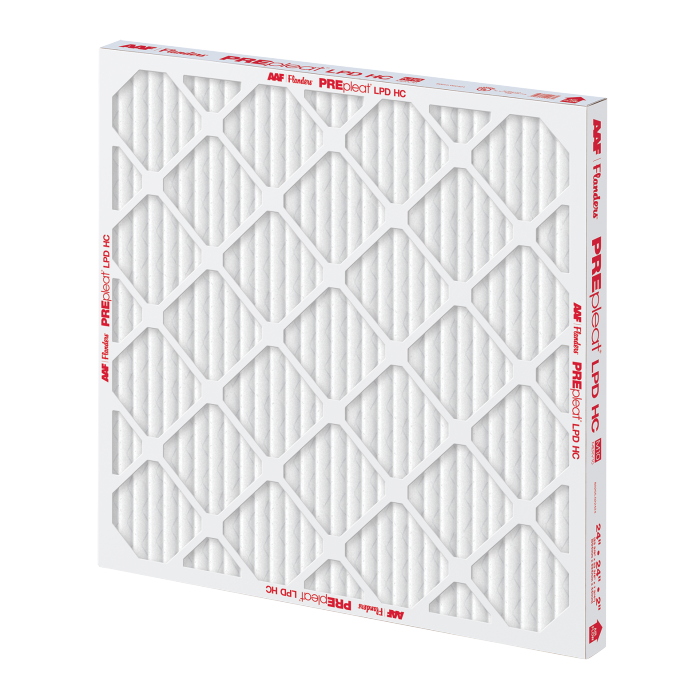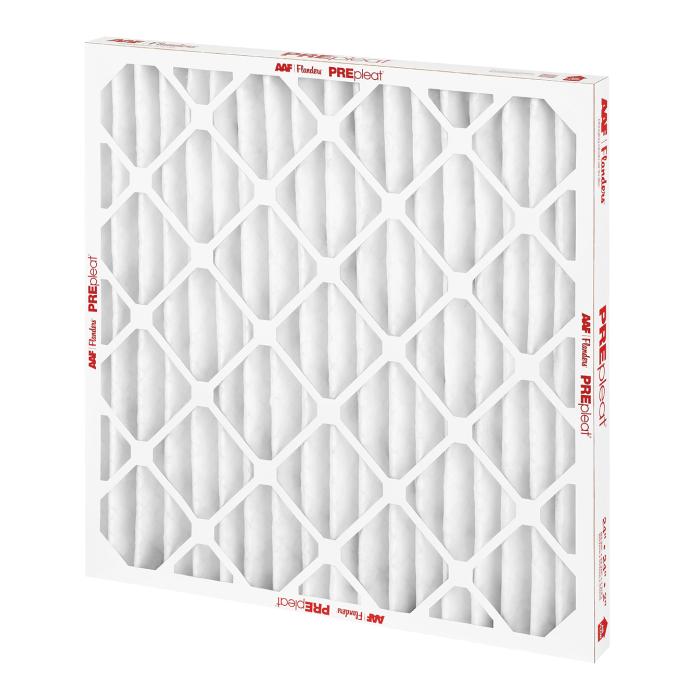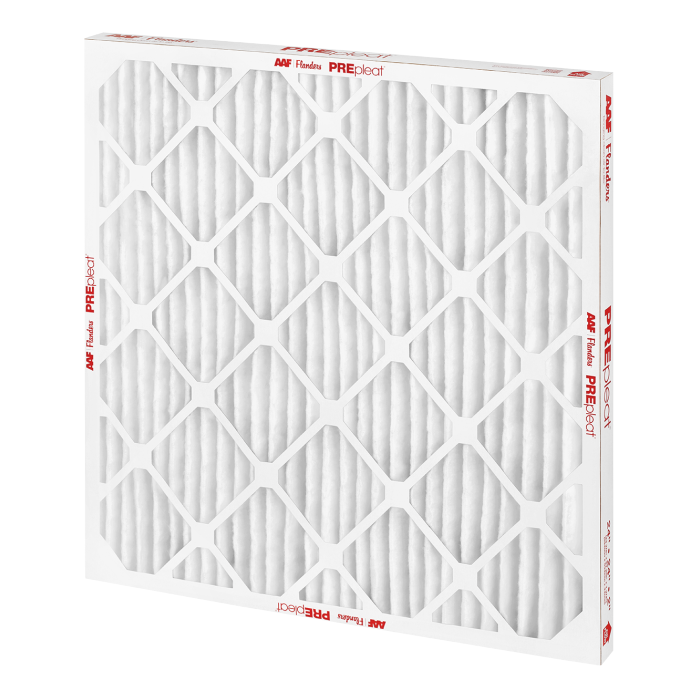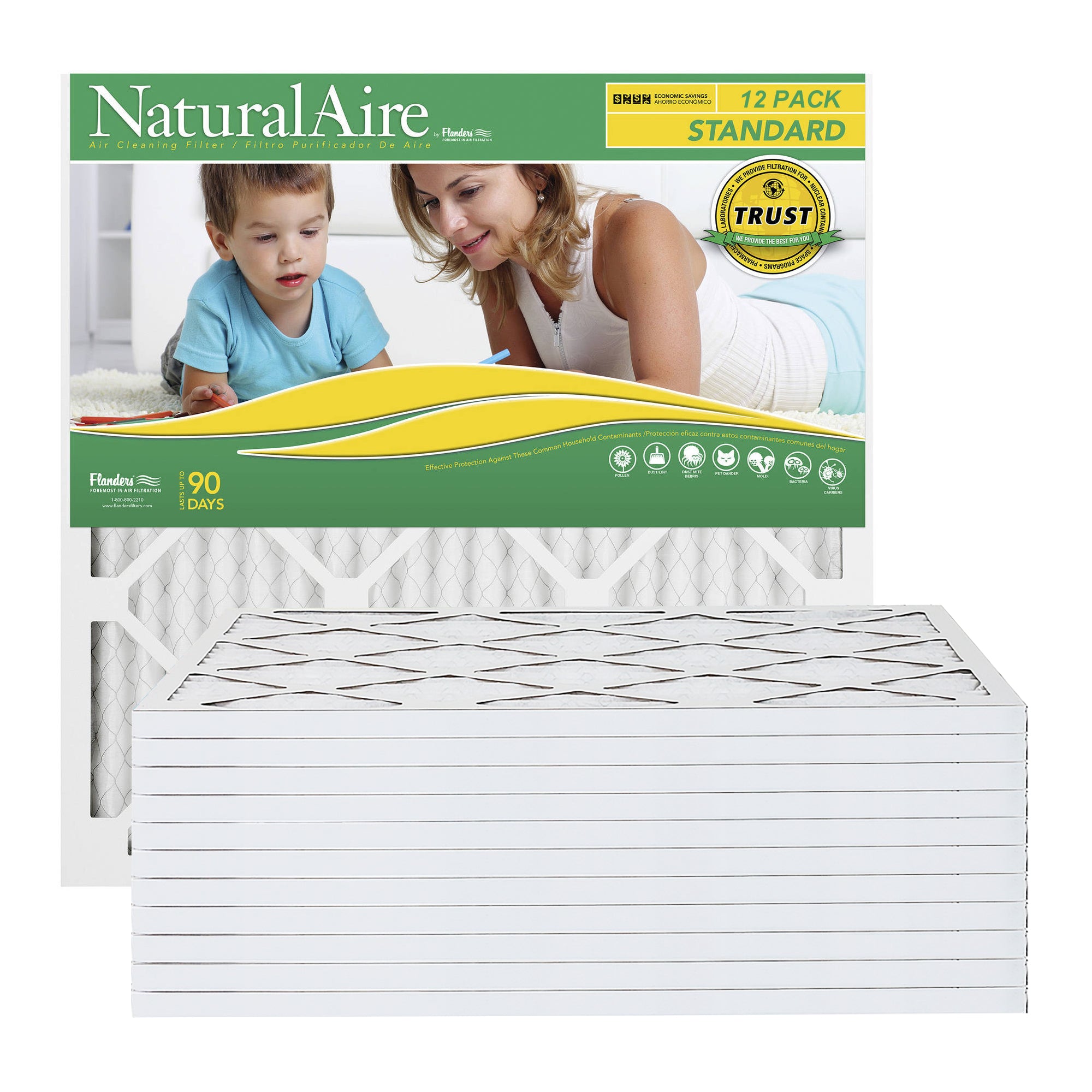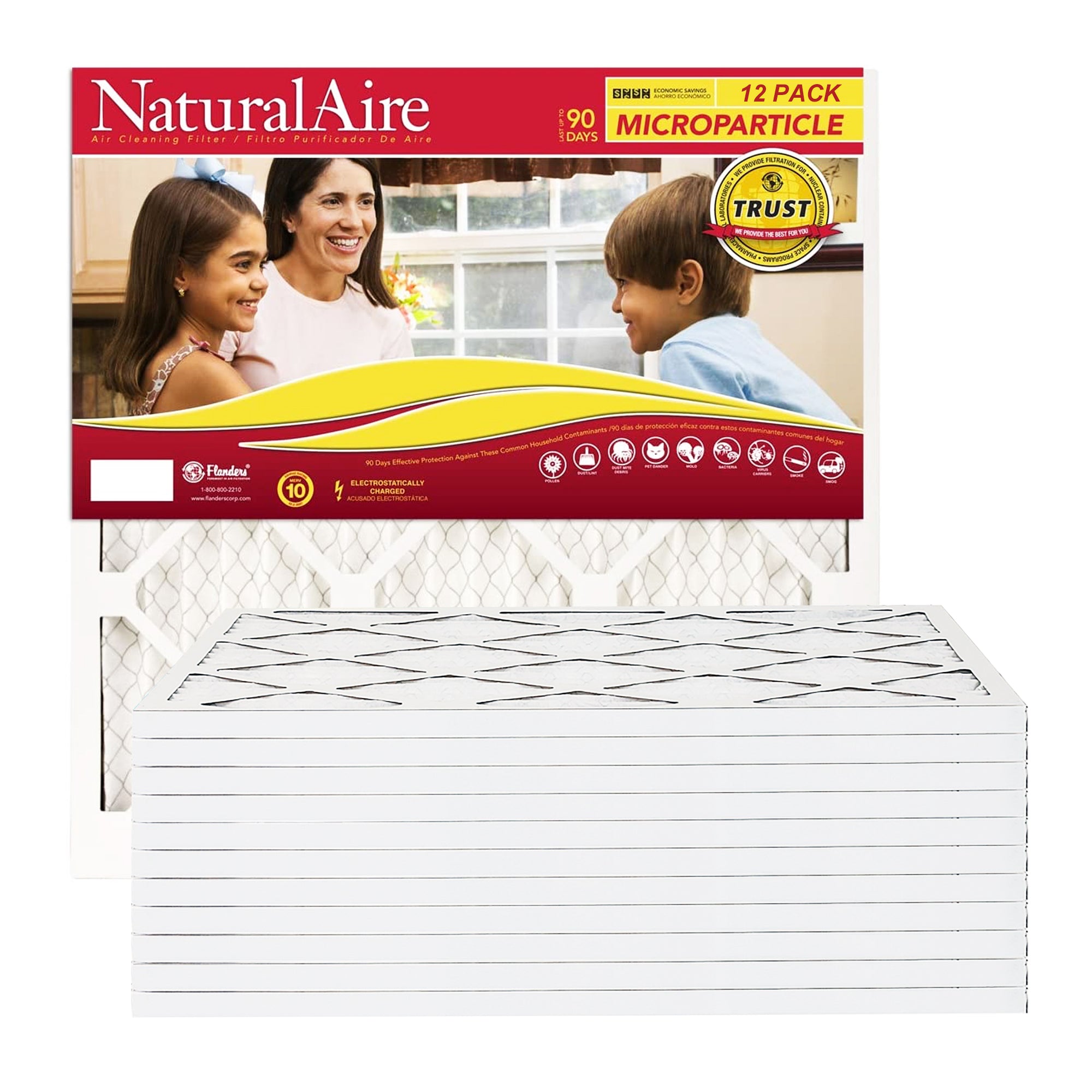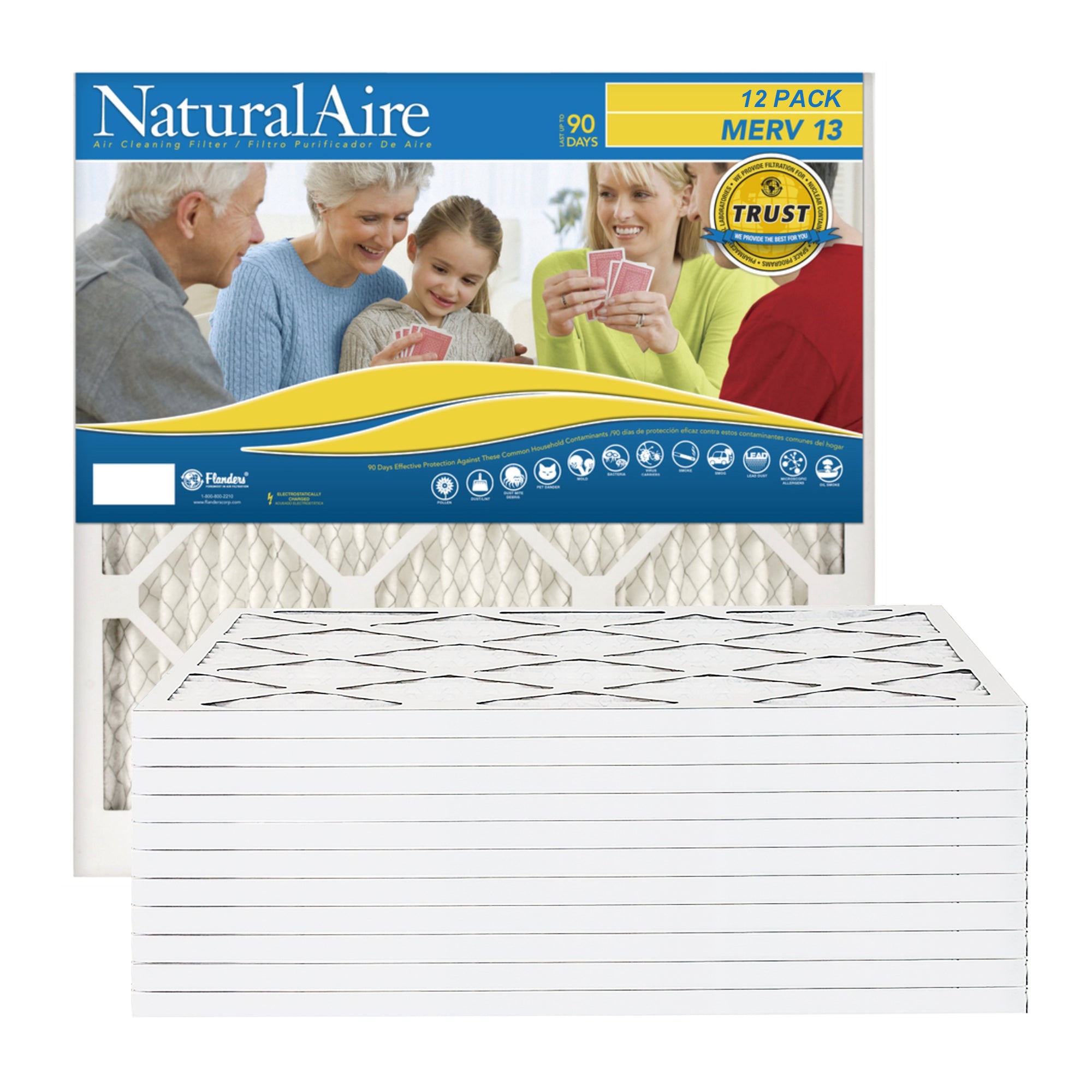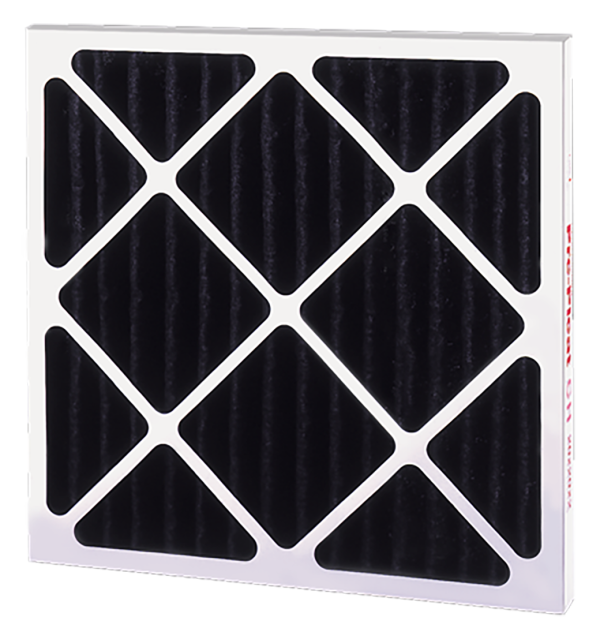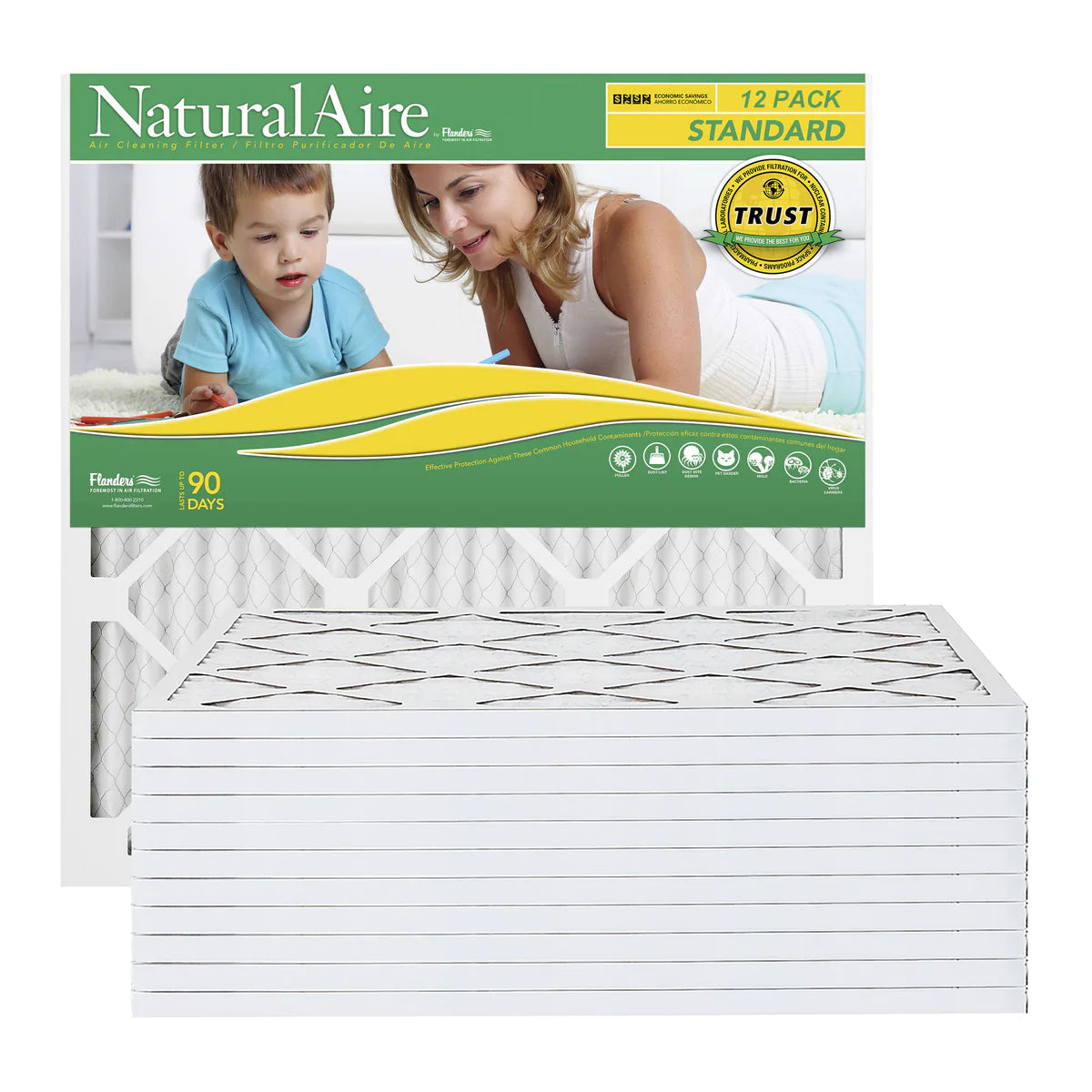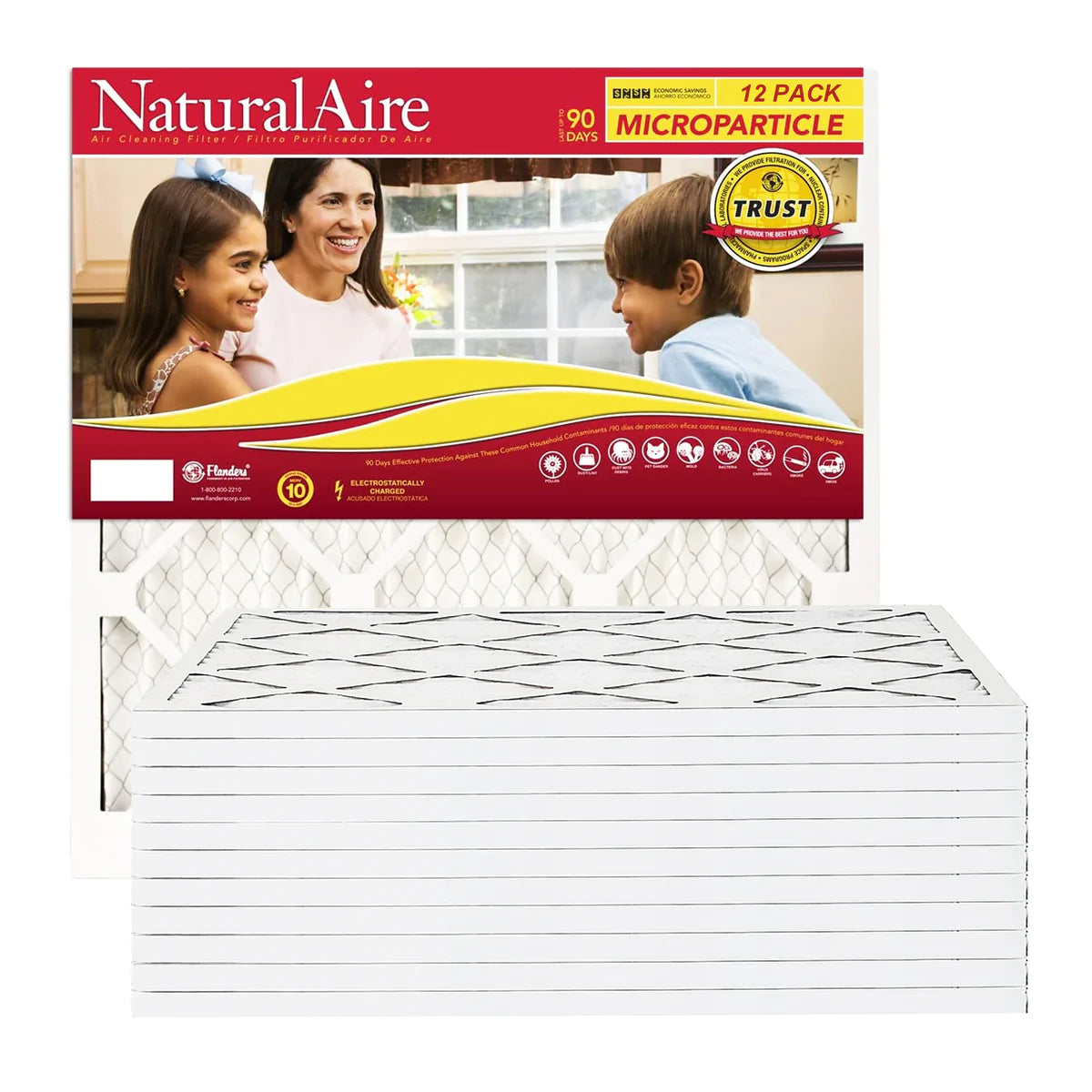Indoor air quality (IAQ) has been identified by the EPA as one of the top five most urgent environmental risks to public health. The air we breathe at home, work, and school may contain a variety of contaminants in the form of gases and particles emitted by office machines, cleaning products, construction activities, carpets and furnishings, perfumes, cigarette smoke, water-damaged building materials, microbial growth (fungal, mold, and bacterial), insects, and outdoor pollutants.
An extensive body of scientific evidence demonstrates that short and long-term exposure to fine particle pollution, also known as fine particulate matter (PM), has harmful effects on the cardiovascular system, increasing emergency room visits and hospital admissions for heart attacks and strokes, leading to premature death. The respiratory system has also been shown to experience harmful effects, including asthma attacks.
“We inhale over 3,500 gallons of air each day.”
Those most at risk from particle pollution exposure include people with heart or lung disease, older adults, children, and people with lower socioeconomic status. Research indicates that pregnant women, newborns, and people with certain health conditions, such as obesity and diabetes, may also be more susceptible to PM-related effects.
Poor IAQ and its related health effects are commonly associated with improperly operated and maintained heating, ventilating, and air conditioning (HVAC) systems.
Sources: U.S. EPA. Indoor Air Quality—The Inside Story: A Guide to Indoor Air Quality; CDC. Healthy Housing Reference Manual: Indoor Air Pollutants and Toxic Materials; Fisk, W.J. (2000). Health and Productivity Gains from Better Indoor Air Environments and Their Relationship with Building Energy Efficiency. Annual Review of Energy and the Environment; Wellesley, Mass., October 31, 2014–BCC Research, “U.S. INDOOR AIR QUALITY MARKET”; Tenant Satisfaction, Sustainability Link Revealed in DTZ Research, DTZ, 2015; Indoor air quality: the latest sampling and analytical methods, second edition, Hess-Kosa; State of the Air 2015, American Lung Association, 2015. American Air Filter Company, Inc..


